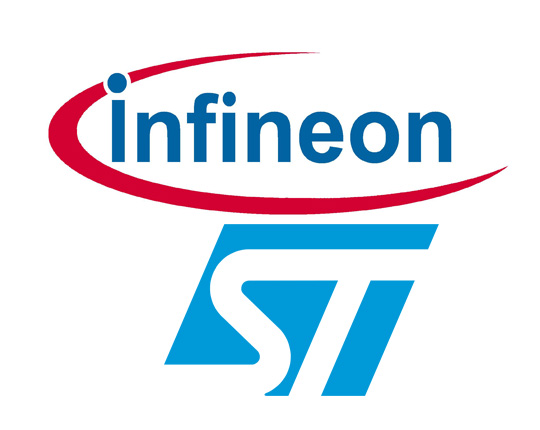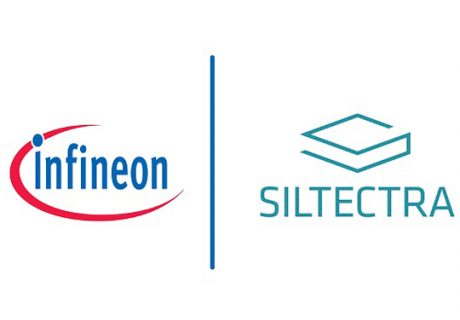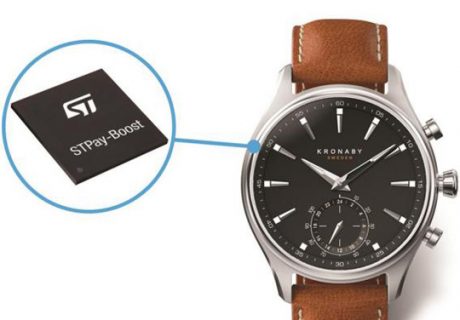Infineon Technologies AG held early-stage talks about buying STMicroelectronics NV last year, according to people familiar with the matter, a move that would have created a European semiconductor powerhouse.
Infineon hired BNP Paribas SA as an adviser and studied the purchase for about three months, approaching STMicro before dropping the idea last August, said the people, who asked not to be identified because the deliberations were never made public. There are no current talks, the people said. A combination would have created a group with sales of 15 billion euros ($17.5 billion).
It’s unclear how receptive STMicro was last year to a deal. The French government, among STMicro’s biggest shareholders, was and is still opposed to a combination with Infineon, the people said. The government wants STMicro to focus on big orders instead of expanding through a deal, one of the people said.
STMicro shares jumped as much as 2 percent and traded up 0.2 percent to 18.65 euros at 3:47 p.m. in Paris, while Infineon sank 3.1 percent to 21.95 euros. Representatives for Infineon, STMicro, BNP Paribas and the French Finance Ministry declined to comment.
There’s long been industry speculation about a tie-up between Europe’s two biggest listed chipmakers amid a frenzy of deals and attempted mergers in the $400 billion global chip industry, as companies seek scale.
Safeguarding Jobs
Political implications have always been an important consideration, however: The French and Italian governments equally split a 27.5 percent stake in Geneva-based STMicro, through a holding company. Politicians might welcome a deal for STMicro that would create a bigger, more powerful continental champion in the semiconductor industry, but not if it led to big job losses in France and Italy.
Complicating matters, Neubiberg, Germany-based Infineon, with a market value of about 25.2 billion euros, is much bigger than STMicro at 16.9 billion euros. That means the companies would struggle to present a combination as a merger of equals; rather, it would be the German company acquiring its Franco-Italian competitor.
‘Smaller Deals’
Infineon Chief Executive Officer Reinhard Ploss, who’s been trying to act as a consolidator so the company doesn’t become a target itself, hasn’t landed a big deal since 2014. His attempt to buy a semiconductor unit of U.S.-based Cree Inc. was scuppered last year after the target said it couldn’t satisfy the requirements of a U.S. national security panel.
Large-scale deals have become more difficult because regulators are pushing back after a period of consolidation, Ploss said Wednesday.
“M&A will increasingly focus on complementing the portfolio — in other words smaller deals,” Ploss said on a call with reporters, after the company reported third-quarter earnings that were in line with analysts’ estimates and boosted its full-year adjusted operating margin forecast.
That said, STMicro has some complementary assets that could justify a tie-up with Infineon: STMicro is among the biggest suppliers of smartphone makers including Apple Inc. while Infineon is particularly strong in chips that go in cars.
Elsewhere, big mergers have failed over political and regulatory concerns. Broadcom Inc., the U.S. semiconductor maker whose purchases have reshaped the industry, was blocked by the U.S. government in March in its hostile takeover attempt of Qualcomm Inc.
Qualcomm last week also scrapped its $44 billion bid for Dutch rival NXP Semiconductors NV after Chinese regulators failed to approve the largest-ever deal in the chip industry. While Qualcomm hinted that the trade spat between the U.S. and China got in the way, China’s government said the would-be acquirer hadn’t addressed its competition concerns.
With a new CEO Jean-Marc Chery at the helm, STMicro is trying to diversify customers from phone makers to carmakers and industrial companies to navigate demand swings. After years of restructuring, the company has said it’s more resilient and can sustain slowdowns in the semiconductor industry and global economy.



















